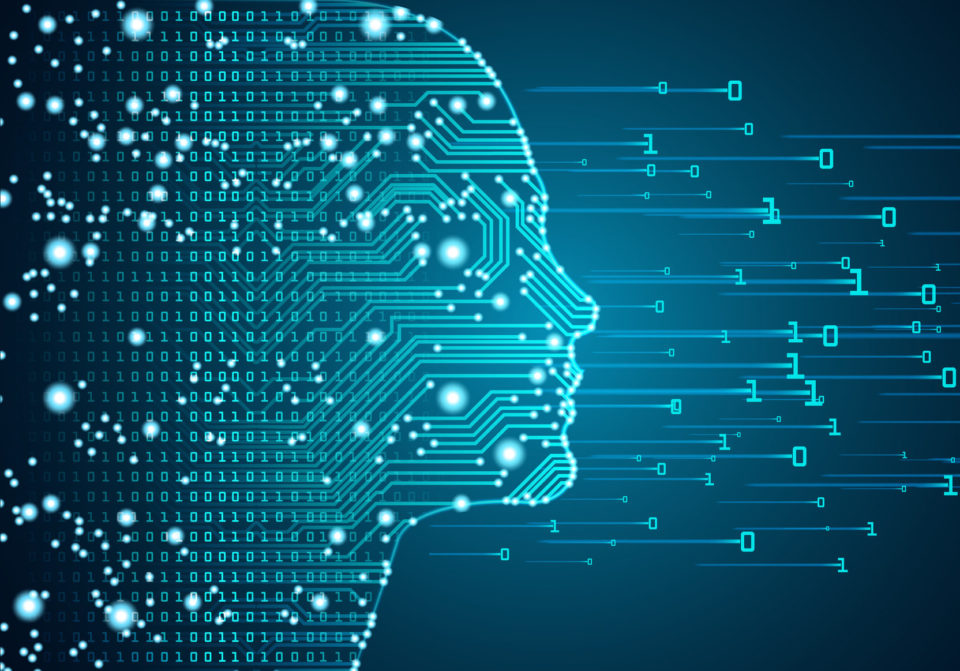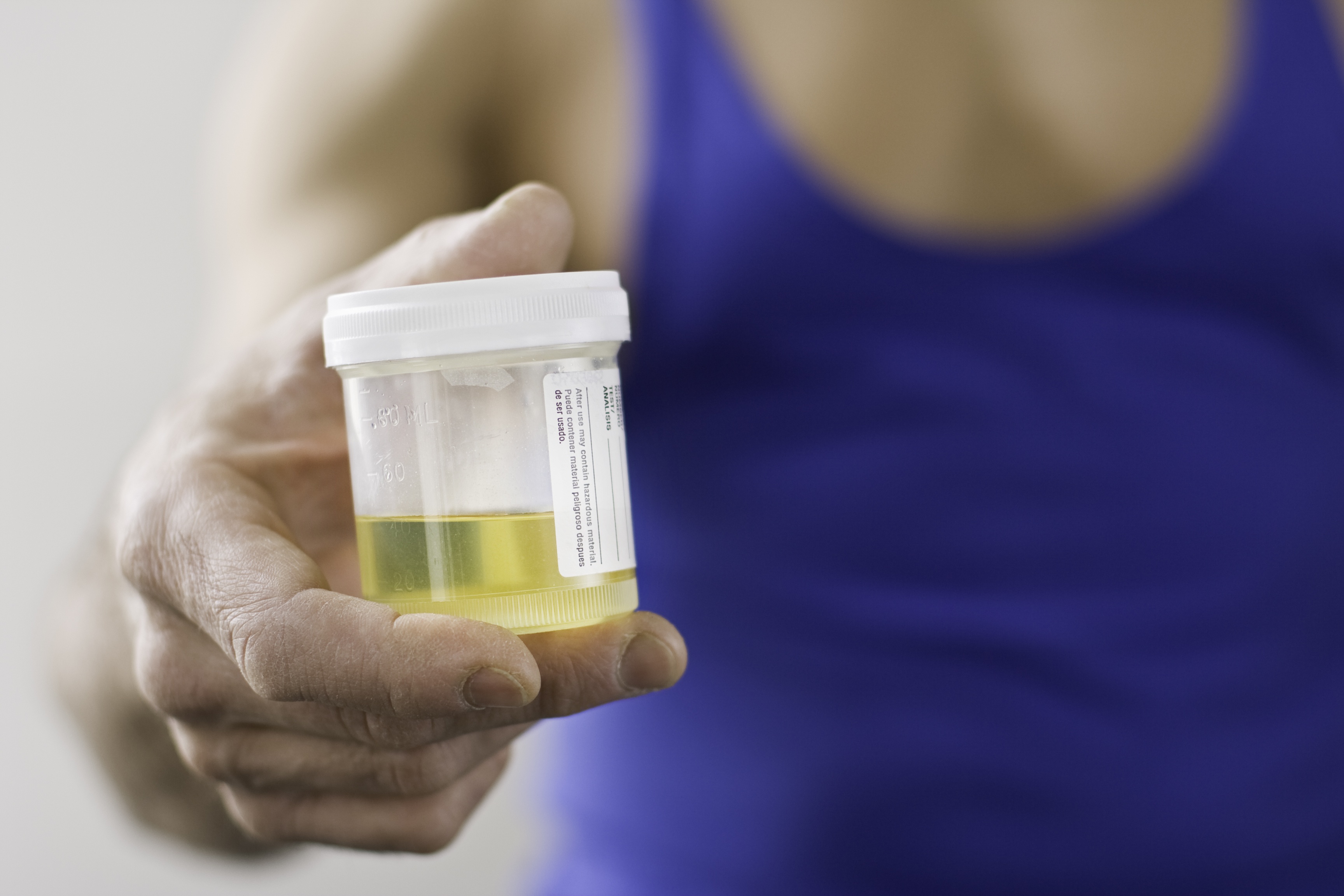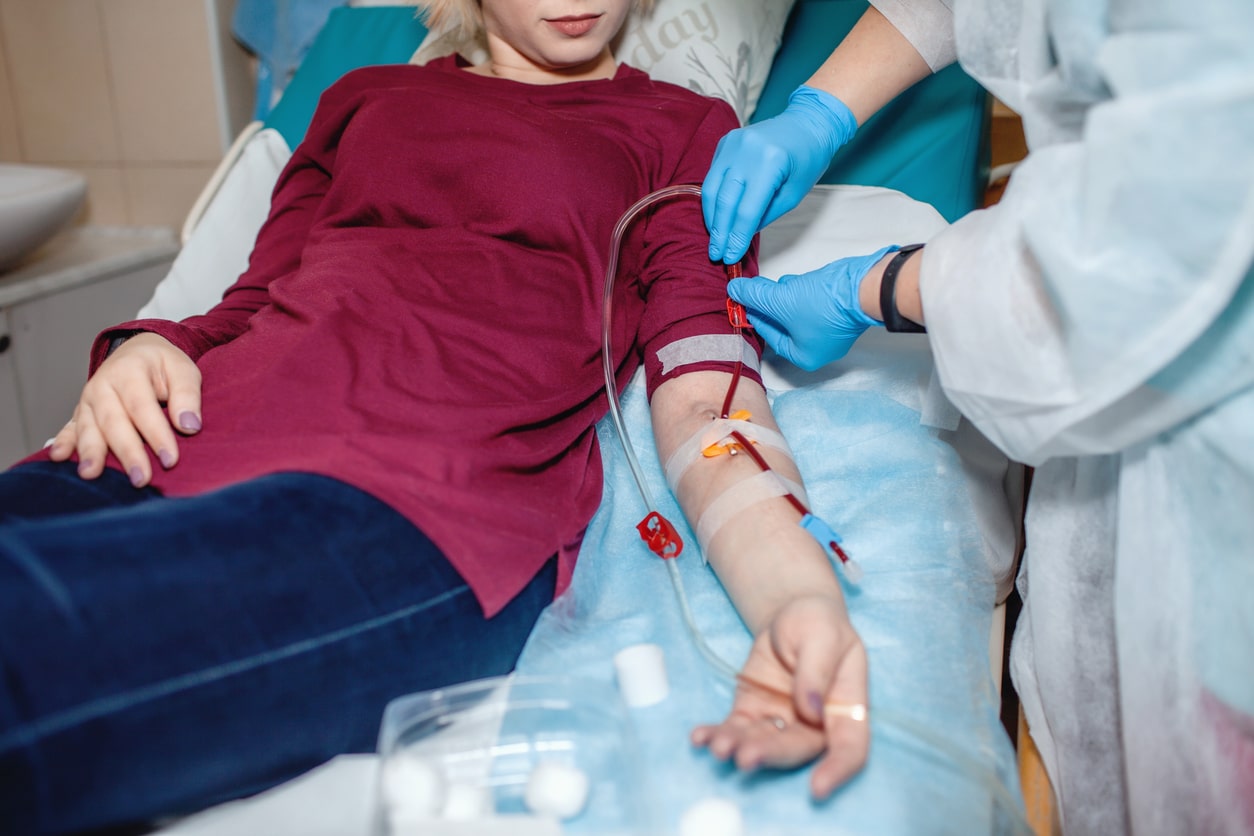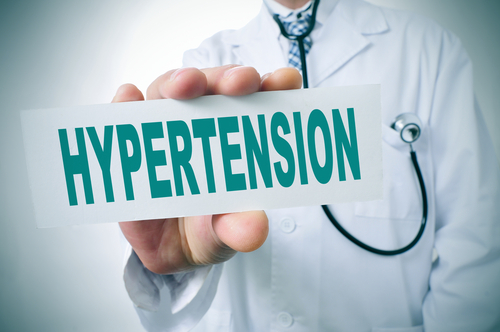
Ajay K. Singh, MBBS, FRCP, MBA
Brigham and Women’s Hospital
Harvard Medical School
Acute kidney injury (AKI) is a relatively common presentation in hospitalized patients, particularly among critically ill patients where it can be associated a high mortality. Patients who undergo cardiovascular procedures or are treated with chemotherapy, and those with diabetes mellitus and chronic kidney disease who receive intravenous contrast are at especially high risk of developing AKI. For many years, attempts have been made to use biomarkers of AKI, such as kim-1 or NGAL for the early detection of AKI. Several risk predictors have also been developed. None of the biomarkers and/or prediction scores are widely used at the present time.
Recently, Nenad Tomašev et al. from Deep Mind (a Google enterprise) and University College London published an important study in Nature1 on early diagnosis of AKI. They use deep learning, a form of machine learning, to predict AKI.
Machine learning and its derivative deep learning is a branch of artificial intelligence (AI) that allows computers to learn from data, identify patterns, and make decisions with minimal human intervention. Machine learning approaches automate analytical model building. They take large amounts of data—big data—to make predictions and/or decisions by automating the learning and adapting processes through the application of complex multi-level algorithms (neural networks).
Examples of machine learning approaches are commonplace in everyday life, including various types of voice and/or face recognition command devices (e.g., speaking into one’s remote control to change a TV channel), online customer support, the functioning of various devices in the hospital, driverless or partially driverless cars, and so on. However, the application of machine learning to the prediction of a disease is novel and could have enormous implications about how we care for individual patients and how care is organized (in the emergency department, labor and delivery, the radiology suite, critical care units, etc.).
Tomašev’s approach could be applied to many other clinical situations, such as sepsis, cardiopulmonary arrest, and intensive care unit (ICU) admission. If confirmed, by outcome studies, AI could have far-reaching impact in clinical medicine.
The paper by Tomašev and colleagues uses a large US Veterans Affairs (VA) longitudinal dataset of more than 700,000 patients across diverse clinical settings—more than 170 inpatient and 1000 outpatient sites. The model utilizes a deep learning (or deep neural learning) retrospective approach. Essentially the authors take thousands of variables among patients derived from the VA electronic medical record (EMR) and use a complex neural network to detect patterns that predict AKI.
With a lead time of up to 48 hours, their model predicted 55.8% of all inpatient episodes of AKI and 90.2% of all dialysis-requiring AKI episodes within 90 days of the initial onset. However, the algorithm generated two false positives for every true alert, which on the face of it is quite high. However, the authors argue that in fact their false positive rate is a conservative estimate, because they included any true positive predictions made earlier than 48 hours and what they call “trailing” predictions where the AKI was in a resolving or resolved phase. Tomašev report that their model was also able to identify substantial increases in seven auxiliary biochemical tests in 88.5% of cases, the most relevant being serum creatinine, blood urea nitrogen, and plasma potassium. The authors state that the predictive performance of their model was maintained across time and hospital sites. Also, from a practical perspective the authors suggest that to respond to alerts generated by their model, clinicians would need to attend to approximately 0.8% of in-hospital patients each day.
The study has several limitations: Tomašev’s paper is a retrospective analysis that is very much biased towards male patients because it is drawn from the VA system (>90% of subjects were male). Also, the VA system may have different standards and procedures that may not be similar to hospital systems, either in the US or elsewhere. It is reasonable to ask whether these observations are generalizable to women, and more broadly, to health systems other than the VA. Second, Tomašev’s algorithm needs to be tested prospectively and in clinical trials, to evaluate its true predictive value. Also, retrospective data is vulnerable to confounding and various biases, including ascertainment and measurement bias. A bigger concern is whether we need this complexity. A paper by Simonov and colleagues2 also published very recently used a much simpler model with a fairly high level (and similar to Tomašev et al.) of discrimination on AUC curves.
This paper does represent a breakthrough because it recognizes the complexity of diagnosing AKI through pattern recognition, something that experienced nephrologists do all the time when consulting on patients with AKI. The novelty is that these authors are able to teach a computer to do this with a very high level of accuracy. Where could this method be easily applied? In my mind, at the very least in predicting contrast associated nephrotoxicity or AKI following cardiac surgery. In both of these conditions earlier diagnosis is very likely to make a difference.
References
- Tomašev N, Glorot X, Rae JW, et al. A clinically applicable approach to continuous prediction of future acute kidney injury. Nature. 2019 Aug;572(7767):116-119. doi: 10.1038/s41586-019-1390-1. Epub 2019 Jul 31. PubMed PMID: 31367026.
- Simonov M, Ugwuowo U, Moreira E, et al. A simple real-time model for predicting acute kidney injury in hospitalized patients in the US: A descriptive modeling study. PLoS Med. 2019 Jul 15;16(7):e1002861. doi: 10.1371/journal.pmed.1002861. eCollection 2019 Jul. PubMed PMID: 31306408; PubMed Central PMCID: PMC6629054.







 © 2025 Mashup Media, LLC, a Formedics Property. All Rights Reserved.
© 2025 Mashup Media, LLC, a Formedics Property. All Rights Reserved.